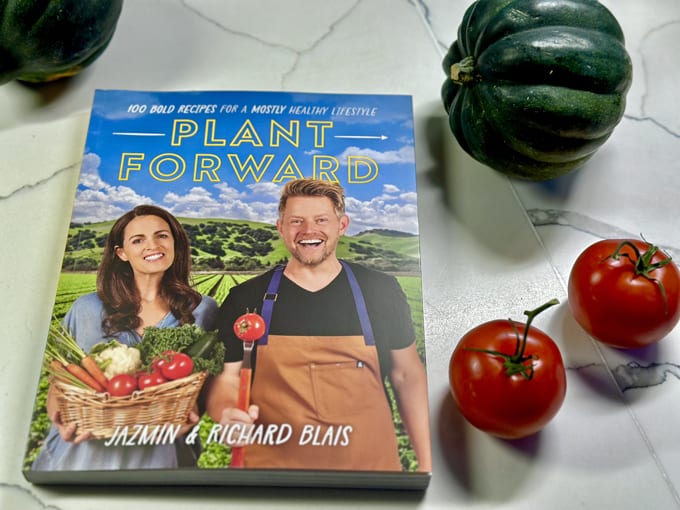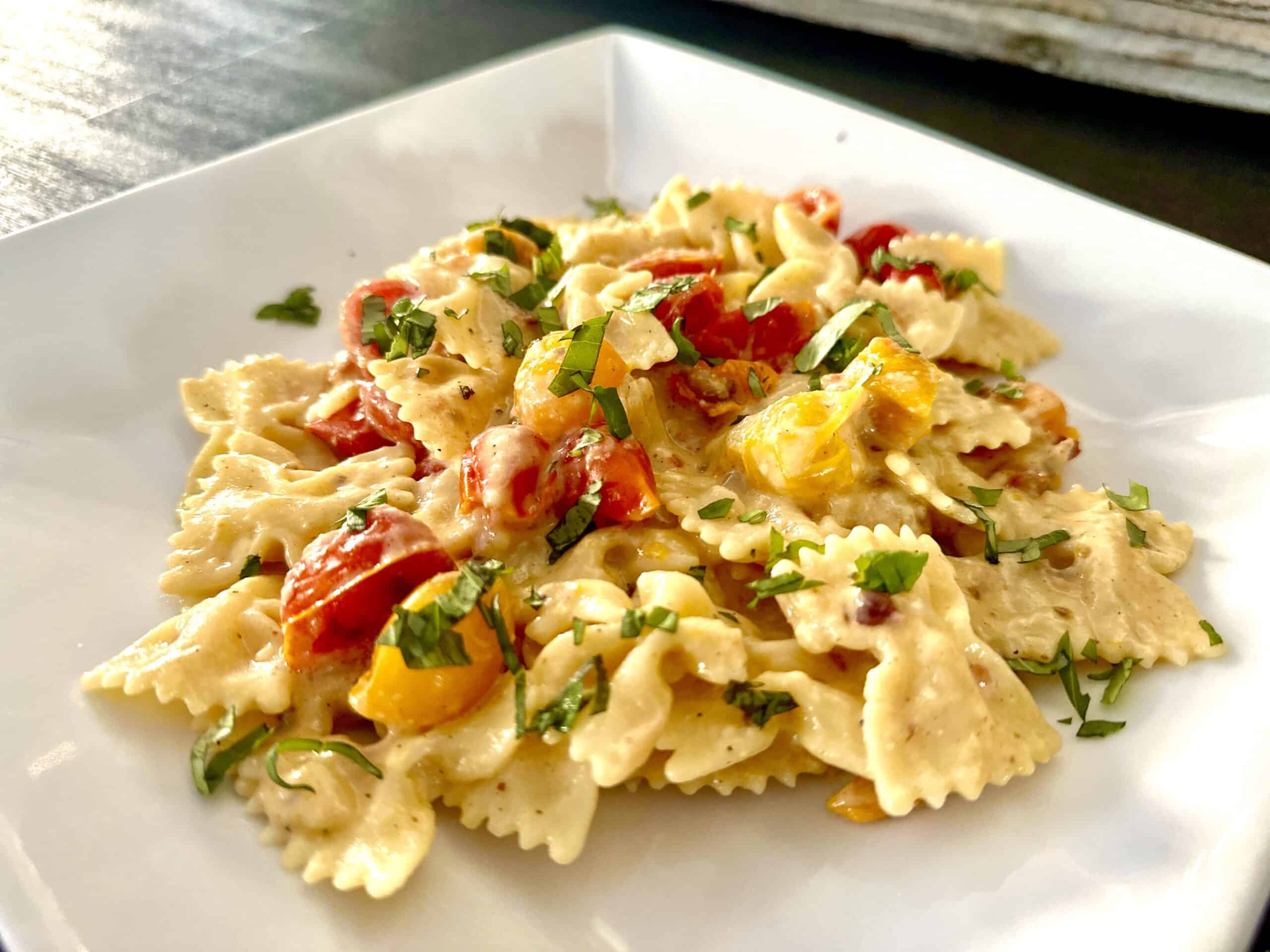Easy Plant-Based Recipes for Beginners & Anyone Hungry
Earlier this year, I was diagnosed with high blood pressure. In fact, it was so bad at one point, the doctor retook it before letting me leave the building and go home..instead of going to the emergency room. It was a bit of a scary moment. In addition to prescribing medication, my doctor also suggested some lifestyle changes, hence my sudden interest in easy plant-based recipes for beginners.
I don’t present as a typical case of hypertension. I don’t eat a lot of fatty or fried foods. I don’t eat red meat or drink dairy. I spend days running around Disneyland or <gently> hiking. I enjoy alcohol in moderation, I don’t smoke anything, and I am not a big sweets eater. I have a BMI within normal range, and I don’t have a life that’s overtly stressful.
This means that lifestyle changes are a little harder. Yeah, I could be more active and I could drop 10-12 more pounds, but I need to look at the obvious: what I eat. With my diet already mostly healthy, I don’t have a lot of room for change — so it’s time to eat more vegetarian and more plant-based meals. But I’m new at it, so where do I start?

The new cookbook by Jazmin and Richard Blais is a great place to start. “Plant Forward: 100 Bold Recipes for a Mostly Healthy Lifestyle” is an engaging cookbook with realistic ingredients and colorful photos, and maybe even more importantly, it makes me healthier eating feel attainable. It’s also important to note that the book is NOT solely vegetarian or plant-based recipes. The Simple Roasted Chicken recipe is amazing, and it’s not the only recipe that includes some form of meat. It’s plant-forward, not only plant-based.
Like many foodies, when I purchase a book, the first thing I look at is the Table of Contents. How do the authors categorize their recipes? How quickly can I find a recipe that works? And what exactly is their focus?
The TOC in Plant Forward leaves no confusion. Recipes are broken into chapters for each major vegetable, such as Carrots, Squash, Greens, Tomatoes, and more. Plant Forward also reads like more than a cookbook, with its beginning breaking down the back story of Richard and Jazmin, why they authored the book, and they answer the big question of WHY you should listen to them…..in case a quick recipe perusal doesn’t already answer that.
Hardcover books can be easier to lay flat on a counter, but in an already overcrowded bookshelf, paperback takes up less real estate. They’re easier to read while curled up on the couch under a blanket, mapping out your week’s dinner menus. Speaking of menus, it’s important to note that this book’s 100 recipes are not just dinner-focused.
One thing that really caught me in this book is Richard’s definition of mostly healthy. I love the addition of the word “mostly,” because a lot of books and/or people can approach healthier eating with an all-or-nothing feeling. This book aims for “mostly,” because they understand we can’t always avoid high-processed foods, sugar, or gluten and simple carbohydrates. That can be everything when you’re trying to make a lifestyle change. Getting healthier can be incredibly self-defeating if we think that one mistake means we failed, or that one sugary dessert means we undid all the good. This book goes a long way in encouraging healthier eating without being haughty or unattainable.
Another focus in the book is explaining not just how to make something, but why, or the history. Let’s take the Sprouted Walnuts recipe as an example. The book doesn’t just drop the recipe next to the gorgeous photo, but it explains in laymen’s terms how the body digests sprouted foods easier; in this case, your body likes sprouted walnuts better than regular walnuts. Before you picture walnuts with sprouts, the term is a bit of a misnomer, so you won’t see anything growing from the walnuts.
Bonus: the recipes also list page numbers for other related recipes, such as things you’ll use those Sprouted Walnuts in. (And who knew, Sprouted Walnuts are SO easy to make!)
One of my favorite recipes to make is a traditional, or non-traditional, Shakshouka. It can be eaten for breakfast, lunch, or dinner, but Jazmin and Richard added a new spin to theirs: chickpeas! (And don’t forget to save the liquid from the can, for use in other recipes! Aquafaba is gold.)

Our Christmas dinner next week is not going to be a traditional ham or turkey. I think it’s actually going to be a huge tray of lasagna! I’m going to need sides though, and nothing tired or repetitive, so the Zucchini Fritters with Parmesan from Plant Forward are going on the menu! Fun trivia: Richard worked with the American Heart Association on that recipe, so it is particularly fitting for us to include in our holiday meal. Healthy food does not have to be boring or bland! (And Jazmin and Richard also include options in case you don’t want to go that hard at healthier eating, so this book really does work for everyone.)
Available now, you can purchase Plant Forward: 100 Bold Recipes for a Mostly Healthy Lifestyle easily on Amazon at this affiliate link. There’s actually a coupon right now, which makes it even more affordable as a holiday gift for the foodie on your Christmas list! It’s a perfect gift for anyone who is looking for easy plant-based recipes that the whole family will like, or for your favorite young adult starting their cookbook collection.
Richard’s third cookbook is sure to be a big hit. Published by Victory Belt Publishing, it’s over 300 pages of recipes, food facts and photos. Worth every penny, enjoy their way with words that will not only help you put healthier food on your table, but entertain while educating. No dry words here, just fun honesty that portrays their true love for food for people without fancy kitchens or culinary training. Check it out on Amazon today!





